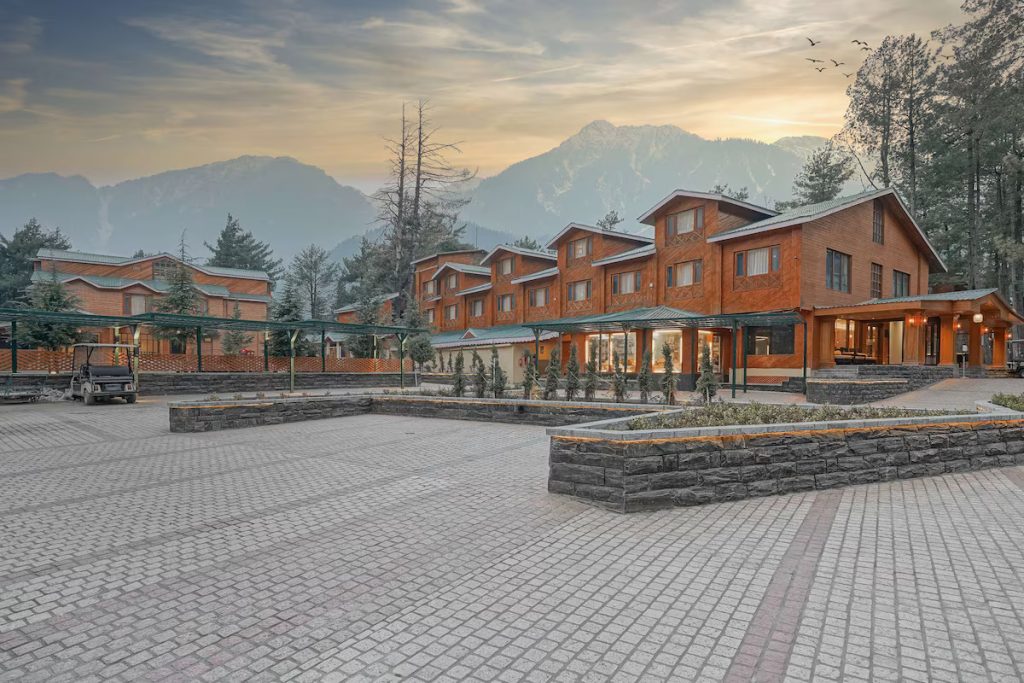Summarize this content to 2000 words in 6 paragraphs
India continues to remain a market where hotel supply is still far below the demand level as a result, the margins for hotels are expected to be much higher than pre-Covid levels, according to credit ratings firm ICRA.
Fresh data from ICRA reveals that the country’s current supply pipeline is smaller than what it was post the global financial crisis in 2009.
Supply growth in India’s premium hotel segment stood at just 3% in fiscal 2024, down from 5% the year before. Projections for fiscal 2025 show modest growth of 5% while in a fiscal 2026 this is expected to lower to 4%.
Meanwhile, demand is racing ahead, growing 9-10% in fiscal 2024. ICRA predicts this strong momentum will continue with 8-9% growth in fiscal 2025 and 2026.
ICRA expects the industry to record a revenue growth of 7-9% this fiscal, and 6-8% next year. “Demand has remained strong so far this year and this trend is likely to continue over the next 9-12 months,” it added.
More Profit for Hotels
In the 2020 fiscal year, ICRA’s sample set of 13 large hospitality companies had a net profit margin of 3%. In 2024, this figure stood at 15%, and it is estimated to remain within the 13-15% bracket in 2025 and 2026.
The companies also reported over 200% increase in income in 2024 fiscal as compared to pre-Covid levels, and this is only expected to further increase in 2025 and 2026, “supported by healthy revenues and strong margins,” ICRA noted
In 2023-24, the average room rates (ARRs) for premium hotels pan-India were at INR 7,200-7,400. This was a 15% improvement over the 2023 fiscal. In the first nine months of the ongoing 2025 fiscal year, the ARRs were INR 7,800-8,000. “Several hotels are also currently under renovation, refurbishment and upgradation, which is likely to support the ARRs,” ICRA said.
“ICRA’s premium room inventory database in 12 key cities across the country indicates an annual growth rate of about 4.5-5% during the 2023 to 2026 fiscal years. Although supply announcements have picked up in the last 18-24 months, it is expected to lag demand over the next few years, based on the pipeline so far,” the firm said.
Delhi-NCR and Mumbai are expected to generate about 42% of the supply pipeline until fiscal 2026. The number of premium hotel room inventory across India is also estimated to cross 113,000 keys by then.
ICRA’s Vice President and Sector Head – Corporate Ratings Vinutaa S said that a large part of the new supply is through management contracts and operating leases. Land availability issues are also currently constraining supply in the premium micro-markets in metros and larger cities.
Additionally, new premium hotels in these areas are largely on account of rebranding or property upgradation and the greenfield projects are largely in the suburbs.
Growing Demand
However, according to ICRA, the demand-supply gap “is a good thing.” “This is expected to facilitate an upcycle, as demand improves over the medium term, and supply lags demand.”
This is also why major global hospitality companies are looking at India for growth. At a hospitality conference last year, Accor chairman and CEO Sébastien Bazin said that India is an untapped market. He shared that in India, there are less than 200,000 branded hotel rooms, as compared to 3 million unbranded keys for a population roughly the same as China.
“The top five hotel operators in India collectively have less than 1,000 hotels,” he said. In China, this figure is 25,000. This highlights the potential of the Indian market.
China and India are central to Hilton’s growth plans, driven by their young populations and strong GDP growth, Alan Watts, the hotel company’s president for Asia-Pacific, said in his most recent interview to Skift.
And ICRA expects the demand to remain strong. Vinutaa said, “Demand is expected to remain strong across markets in the fourth quarter of 2025 fiscal and entire 2026 fiscal as underlying drivers remain healthy. Domestic tourism would be the prime driver.”
Mumbai and NCR, being gateway cities, are likely to report occupancy north of 75% for full fiscal years 2025 and 2026, benefitting from transit passengers, business travelers and meetings, incentives, conferences and events (MICE) crowd events, she added.


